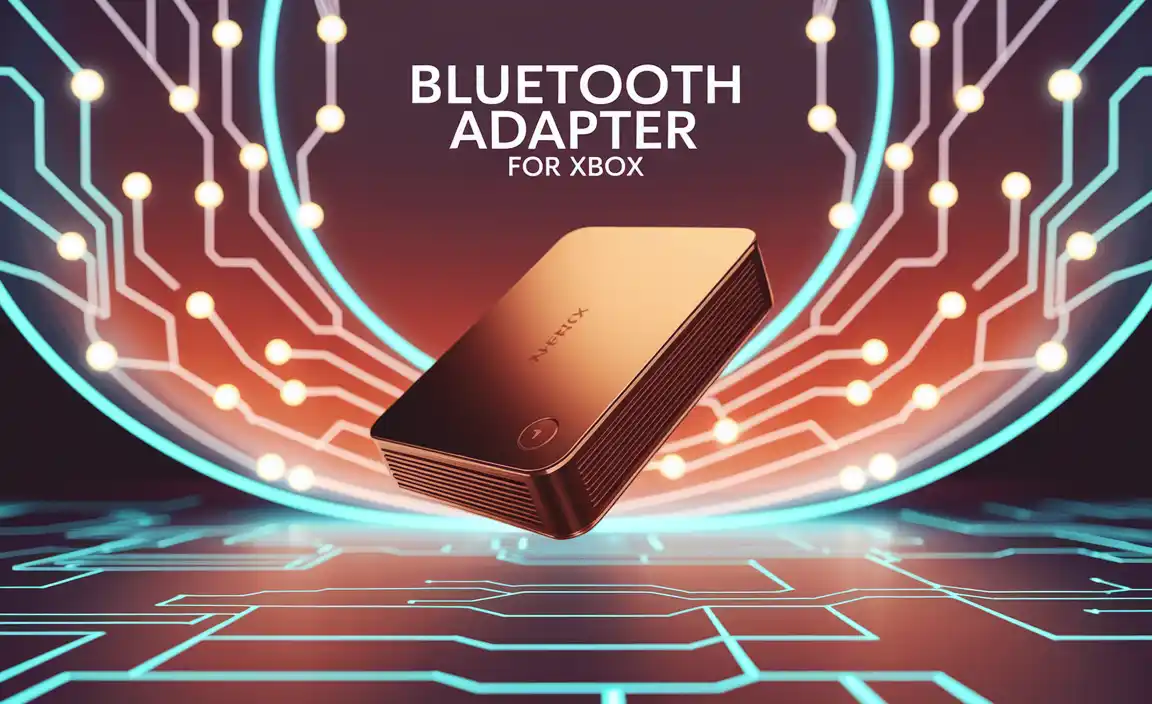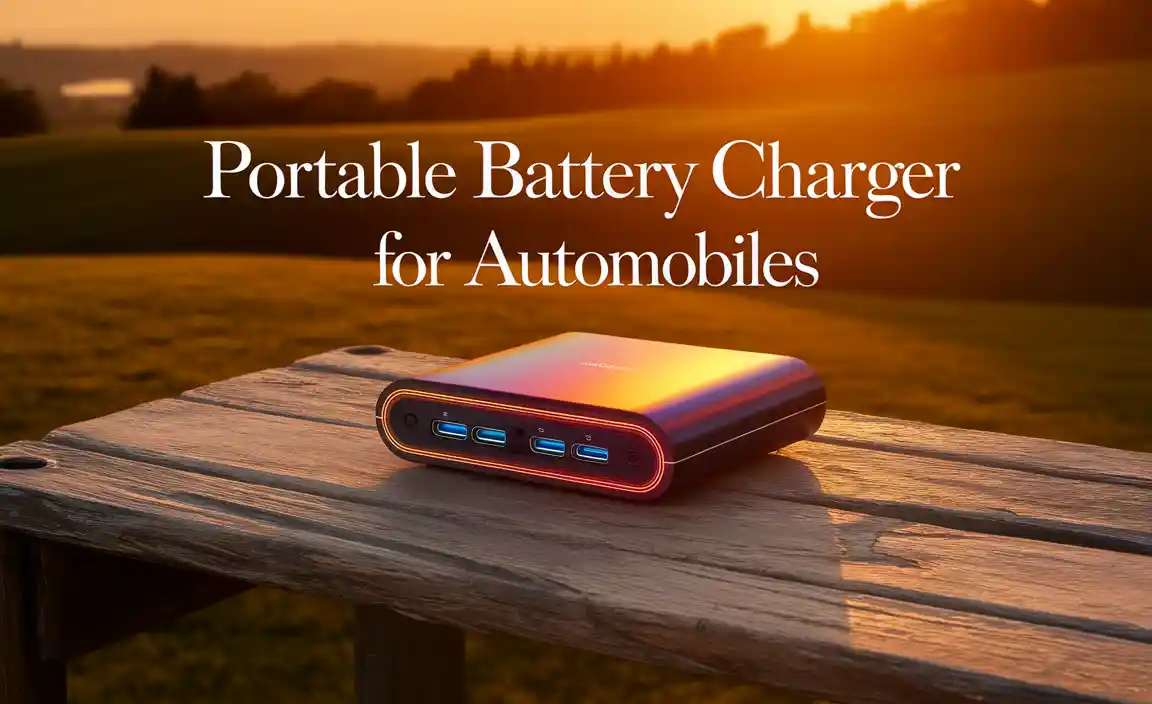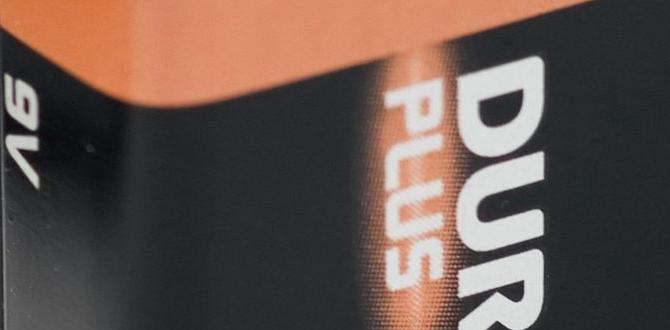A shower head adapter for a garden hose lets you connect your outdoor hose to an indoor shower for easy rinsing, cleaning, or temporary use. It’s a simple fix for many situations, ensuring a snug, leak-free fit.
Ever found yourself needing to rinse off after a messy gardening session, clean your pets, or even quickly wash your hair in a pinch without a proper shower setup? It can be a real hassle. You might have a perfectly good garden hose outside, but connecting it to your indoor shower head seems impossible. Don’t worry, this common little problem has a super simple solution! With the right adapter, you can easily turn your garden hose into a convenient shower. We’ll walk you through everything you need to know, from picking the right adapter to getting it hooked up correctly. You’ll be enjoying that spray in no time!
Why You Might Need a Shower Head Adapter for Your Garden Hose
There are several reasons why you might consider using a shower head adapter to connect your garden hose. It’s not just for the adventurous! These adapters offer practical solutions for everyday tasks and unexpected situations alike. Think of them as little problem-solvers that bring outdoor utility indoors.
Practical Everyday Uses
For homeowners and renters, these adapters can be incredibly useful. They bridge the gap between outdoor water access and indoor needs, making common chores much simpler. Here are a few ideas:
- Pet Washing: Bathing a muddy dog indoors can be a messy affair. Connecting a garden hose through a shower adapter allows for a more controlled and efficient wash in your shower stall or tub, keeping the mess contained.
- Rinsing Off After Outdoor Activities: Whether you’ve been gardening, swimming, hiking, or just spent a lot of time outside, you might track dirt or sand indoors. A quick rinse in the shower using the hose adapter can prevent this, keeping your house cleaner.
- Cleaning Shower Areas: Sometimes, you need a bit more pressure or a wider spray to clean your shower walls or bathtub effectively. A garden hose connected via an adapter can provide this, making cleaning day a little easier.
- Temporary Shower Solutions: In situations like a broken indoor shower head or during home renovations, an adapter can provide a temporary, functional shower until repairs are made.
- Hair Washing for Long Hair: Many people with very long hair find it difficult to rinse all the shampoo and conditioner out in a typical shower. A garden hose, with its potentially higher flow rate and different spray patterns, can make this process quicker and more thorough.
When a Shower Head Adapter is a Lifesaver
Beyond the everyday conveniences, these adapters can be lifesavers during certain situations. They offer a quick and effective workaround when standard plumbing isn’t available or functional.
- Camping and RVing: While not all campers have RV shower hookups, some might have access to an outdoor water source. An adapter can allow you to set up a makeshift shower in a more private setting.
- Emergency Situations: In cases where water supply is disrupted or a specific fixture fails, having a way to use a garden hose for basic hygiene can be invaluable.
- Outdoor Showers: If you’ve set up an outdoor shower area, an adapter can be part of the system to connect to your main water line or even a large water tank.
Understanding Your Shower Head Adapter for Garden Hose
The beauty of a shower head adapter for a garden hose lies in its simplicity. It’s designed to bridge two very different connection types. Your garden hose has a sturdy, threaded fitting, while your shower head connects to a shower arm, usually with a different kind of thread. The adapter makes these two compatible.
What Exactly Is a Shower Head Adapter for a Garden Hose?
At its core, this adapter is a connector. It typically has two main parts:
- One side is designed to screw onto the end of a standard garden hose. This is usually a female fitting with the familiar threading of garden hoses.
- The other side is designed to connect to your shower arm or, more commonly, the shower head itself. This side will have threading that matches what’s typically found on a shower head’s connection point to the shower arm.
Essentially, it’s a plumbing intermediary that allows water to flow smoothly from your outdoor hose into your indoor shower system. Some adapters are simple straight connectors, while others might include a small shut-off valve, which is a handy feature.
Common Types of Adapters
You’ll find a few main types of adapters, each with slightly different features:
- Simple Connectors: These are the most basic. They have the garden hose thread on one end and shower head thread on the other. They are efficient and straightforward.
- Adapters with Shut-Off Valves: These are highly recommended. They include a small tap or knob that allows you to turn the water flow on and off directly at the connection point. This is safer and more convenient than constantly turning the water on and off at the faucet or having to disconnect the hose to stop it.
- Universal Adapters: Some adapters claim to be “universal.” While many aim for wide compatibility, it’s always best to check the specific thread sizes to ensure a proper fit.
Materials and Durability
These adapters are usually made from durable materials to withstand water pressure and regular use. Common materials include:
- Brass: This is a popular choice because it’s strong, corrosion-resistant, and provides a reliable seal. Brass adapters tend to last a long time.
- Plastic (ABS): More budget-friendly, plastic adapters are lighter and easy to find. However, they might be less durable than brass and could potentially crack or degrade over time, especially with frequent use or exposure to extreme temperatures.
- Stainless Steel: Less common for this specific application but prized for its strength and rust resistance.
When choosing, consider where you’ll be using it and how often. For long-term or heavy use, brass is often the better investment.
How to Choose the Right Shower Head Adapter for Your Garden Hose
Picking the right adapter is key to a successful connection. You don’t want leaks, and you certainly don’t want to buy something that doesn’t fit! Here’s how to make sure you get the perfect match.
Step 1: Identify Your Garden Hose Fitting
This is usually the easy part. Standard garden hoses in North America use a GHT (Garden Hose Thread) fitting. It’s a coarse, external thread. Most adapters will explicitly state they are compatible with GHT. If you’re unsure, measure the diameter of the threaded end of your hose, but most are standardized.
Step 2: Measure Your Shower Arm or Shower Head Connection
This is the most critical step. Shower arms and shower heads have various thread sizes. The most common male thread size on a shower arm that a shower head screws onto is 1/2-inch NPSM (National Pipe Straight Mechanical). However, some older fixtures or specialized showerheads might use different sizes. Here’s what to do:
Option A: Check Your Existing Shower Head
- Remove Your Current Shower Head: Gently unscrew your existing shower head counter-clockwise from the shower arm. Be careful not to force it. You might want to wrap a rag around the shower head before using pliers or a wrench to get a better grip.
- Examine the Shower Arm Thread: Look at the threads on the end of the shower arm. You can often gauge the size by eye, but measuring is more accurate.
- Measure the Diameter: Use a ruler or measuring tape. Measure the outside diameter of the threaded portion of the shower arm. A 1/2-inch pipe has an approximate outer diameter of about 0.84 inches (21 mm) at the threads.
- Count the Threads: For a more precise measurement, you can use a thread gauge if you have one, or carefully use a piece of string to measure the circumference and then the diameter.
Option B: Check the Shower Head’s Connection Point
- If you’re unable to remove the shower head or measure the arm, examine the part of the shower head where it screws onto the arm. The internal threading here should match the external threading of the shower arm.
Option C: Consult Manufacturer Information
- If you know the make and model of your shower head or shower arm, check the product manual or the manufacturer’s website for specifications on the connection size.
Step 3: Look for Adapters Specifically Designed for Garden Hose to Shower Head
Once you have an idea of the shower arm thread size (most likely 1/2-inch NPSM male), search for adapters that explicitly state:
- “Garden Hose (GHT) to 1/2-inch NPSM Shower Arm”
- “Female GHT to Male Shower Arm Adapter”
You want the adapter’s thread to mate with your shower arm, and the garden hose thread to mate with your hose. This often means the adapter will have a female garden hose thread and a male shower arm thread. However, some setups might require a female shower arm thread and a male garden hose thread. Always double-check the description.
Step 4: Consider Additional Features
As mentioned earlier, adapters with built-in shut-off valves are extremely useful. They add a layer of control and convenience. If you plan to use the adapter frequently, this feature is worth the small extra cost.
Step 5: Read Reviews and Check Compatibility
Before purchasing, read customer reviews. See if others have successfully used the adapter with similar shower setups. Many product listings will mention compatibility or common issues.
Pro Tip: If you’re still unsure, take a picture of your shower arm and garden hose connection to a local hardware store. A knowledgeable associate can often help you find the right adapter or offer advice.
Essential Tools and Materials You’ll Need
Fortunately, setting up a shower head adapter for your garden hose is usually a simple job that requires minimal tools. You won’t need to be a plumbing expert!
The Adapter Itself
This is your primary piece of equipment. Ensure you’ve chosen the correct adapter based on the steps above.
Your Garden Hose
Make sure your garden hose is in good condition. Check for any cracks or leaks in the hose itself or at the faucet connection.
Optional (But Recommended) Materials
- Plumber’s Tape (Teflon Tape): This is a white, flexible tape that you wrap around the threads of the connections. It helps create a watertight seal and prevents leaks. It’s inexpensive and widely available at hardware stores.
- Adjustable Wrench or Pliers: While many connections can be made by hand, a wrench or pliers might be needed to tighten the adapter securely. Use these gently to avoid overtightening, which can damage the threads or the adapter.
Tools for Removal (If Needed)
- Rag or Cloth: To protect the finish of your shower arm or shower head when using tools.
- Old Toothbrush: Useful for cleaning any mineral deposits or debris from the shower arm threads before attaching the adapter.
Having these few items on hand will make the installation process smooth and ensure a leak-free connection.
Step-by-Step Guide: Installing Your Shower Head Adapter
Ready to get things hooked up? Follow these simple steps. We’ll assume you’re connecting a garden hose to your existing shower arm by first removing the shower head.
Step 1: Prepare Your Work Area
Lay down an old towel or mat on the shower floor to catch any drips and prevent scratches. Turn off the water supply to the shower if possible. This is usually done by turning off the main water valve for your house or, if you have separate shut-off valves for hot and cold water specifically for the bathroom/shower, use those. If you can’t find or don’t have separate valves, you’ll proceed with caution, as there might be a small amount of residual water in the pipes.
Step 2: Remove the Existing Shower Head
If you haven’t already, carefully unscrew your current shower head from the shower arm. Turn it counter-clockwise. If it’s tight, wrap a rag around the base of the shower head and use pliers or an adjustable wrench to _gently_ loosen it. Be careful not to scratch the shower arm’s finish.
Step 3: Clean the Shower Arm Threads
Once the old shower head is off, inspect the threads on the end of the shower arm. Use an old toothbrush to clean away any old plumber’s tape, mineral deposits, or debris. A clean surface is crucial for a good seal.
Step 4: Apply Plumber’s Tape (Optional but Recommended)
Take your plumber’s tape and wrap it around the threads of the shower arm. You only need to wrap it in one direction (clockwise, the same direction you’ll be screwing on the adapter). Wrap it 2-3 times, ensuring the tape lies flat and covers the threads completely. The tape helps seal small gaps.
Step 5: Attach the Shower Head Adapter
Now, take your shower head adapter. If it has a shut-off valve, make sure the valve is in the “off” position for now. Screw the end of the adapter that is designed to connect to the shower arm onto the shower arm threads. Hand-tighten it first. Then, use your adjustable wrench or pliers to give it about a quarter to a half turn more. Be firm but avoid overtightening, as this can strip the threads or crack the adapter.
Step 6: Connect the Garden Hose
Take your garden hose and, if the adapter has a female garden hose inlet, screw the male end of your garden hose onto it. Again, hand-tighten this connection firmly. Some adapters might have tapered threads, in which case plumber’s tape is highly recommended for this connection too.
Step 7: Turn on the Water and Check for Leaks
Slowly turn on the water supply at your main faucet or the shower valve.
Check all connections for any signs of dripping or leaks:
- Where the adapter meets the shower arm.
- Where the garden hose meets the adapter.
If you see a leak at the shower arm connection, try tightening the adapter slightly (no more than an eighth of a turn at a time). If the leak is at the garden hose connection, try tightening the hose slightly or consider replacing the rubber washer inside the garden hose fitting if it looks worn. If leaks persist, you may need to reapply plumber’s tape or ensure you have the correct adapter size.
Step 8: Test the Water Flow
Once you’re confident there are no leaks, slowly turn on the shut-off valve on the adapter (if it has one or turn on the shower faucet if it doesn’t). Let the water run through the hose and adapter for a minute. Test the spray from your garden hose. If you have a garden hose nozzle attached, test its functions.
Important Safety Note: If your adapter does not have a shut-off valve, you must turn off the water at the faucet to stop the flow. Leaving the water on pressure against a hose that isn’t fully secured could lead to it bursting off the fitting unexpectedly. Adapters with shut-off valves offer much greater control and safety.
Tips for Safe and Effective Use
Using a shower head adapter for your garden hose is generally straightforward, but a few tips can make the experience even better and safer.
Water Pressure Considerations
Garden hoses and indoor plumbing systems are designed for different pressure levels. Your home’s water pressure can vary, but it’s generally higher than what a standard garden hose or a simple adapter might be rated for long-term.
- Check Adapter Ratings: If the adapter comes with specifications, check the maximum PSI (pounds per square inch) it can handle.
- Avoid Full Blast Always: Don’t always turn your home’s water faucet to its absolute maximum setting if you’re concerned about pressure. If your adapter has a valve, use it to control the flow rather than the main house faucet. This also helps prevent water hammer (that banging noise in your pipes) and reduces stress on your plumbing.
- Listen for Leaks: Pay attention to any unusual hissing sounds, which could indicate a small leak developing under pressure.
The U.S. Environmental Protection Agency (EPA) recommends typical household water pressure to be between 40 and 60 PSI, but it can go up to 80 PSI. Excessive pressure can damage plumbing and appliances. If you suspect high water pressure, a pressure-reducing valve installed on your main water line is a good investment for your whole house.
Leak Prevention and Maintenance
A little bit of maintenance goes a long way.
- Regularly Inspect Connections: After each use, quickly check the adapter and hose connections for any signs of wear or leaks.
- Tighten as Needed: If you notice a drip, try gently tightening the connection



